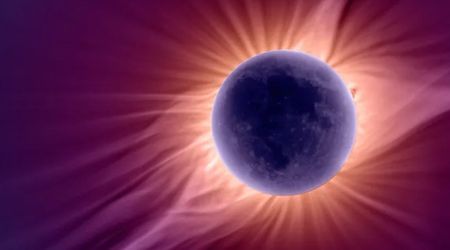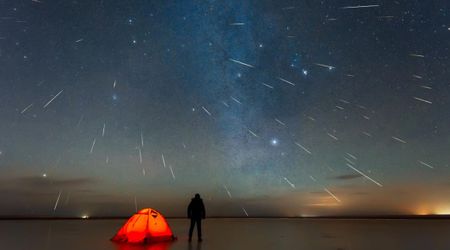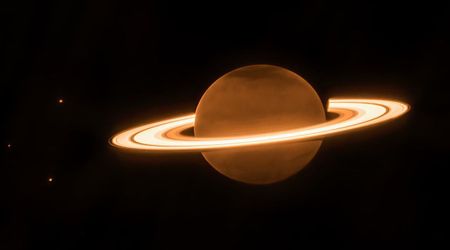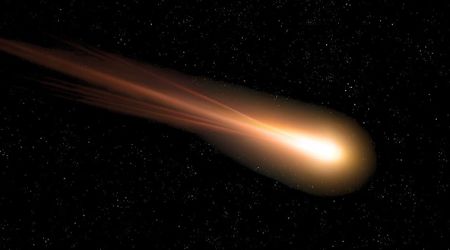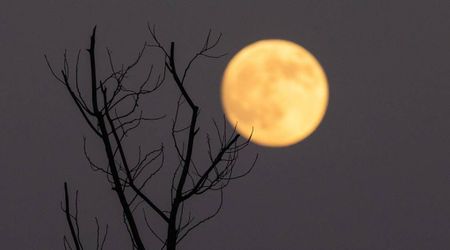uranus through a telescope

Spoiler Alert: Viewing Uranus through a telescope can be quite challenging. After all, it is one of the most distant planets from Earth and it was not discovered until well after the telescope was invented. For many astronomer amateurs, Uranus is usually not part of their regular stargazing schedule as it does require a level of equipment that is not always available to beginners as well as a good knowledge of the sky, and the constellations.
That being said, we are never afraid of a little challenge, are we?






Who first saw Uranus through a telescope??
William Herschel was an expert astronomer who built many telescopes derived from Newton's design. On the evening of March 13, 1781, while observing the sky with a telescope 7-inch aperture (18 cm), he discovered a small bright object that does not appear to be on any map of the sky.
At first, he thinks that it is probably just a comet and so he decides to repeat his observation the following night. The celestial object was at the same spot, it had not moved at all!
He has just discovered a new planet, the first since ancient times, and the eighth of the solar system. He named this planet Georgium Sidus ("George’s star"), in honour of King George III of England. Herschel will later make the additional discovery of two of the largest moons of Uranus - Titania and Oberon, in 1787. Ultimately, the German astronomer Johann Elert Bode will give this planet the name of Uranus (the Greek god of the sky).
So If Herschel was able to detect Uranus through a homemade telescope built a few hundred years ago, can we do the same?
Can you see Uranus with a Telescope??
The answer is definitely yes but depending on your optical instrument and its aperture, don't expect to see a giant blue disk with a distinct atmosphere inside the lens of your eyepiece, even with the right magnification power. Only Hubble can produce that kind of images, unfortunately!
This type of observation is at the limit of what amateur astronomers can really do unless you can invest in a telescope that cost a few thousand dollars. For the best viewing conditions, a telescope of at least 300 mm (12-inch) in diameter is recommended, a long telescope focal length, a good quality camera and a planetary filter that passes red and near-infrared should be used.
That being said, we found many report's online from people who managed to see Uranus through an amateur or home telescope, from their own backyard.
User Bill from cloudynights.com says:
I saw it on my local news that Uranus was visible in the southern sky. But this time I wanted to catch this planet in a different way. For the record, I have never seen it before.
I put a simple inclination meter on my scope. (on the right side). And I put a compass on top side of my scope. I looked what the inclination should be a at 11:00 to 12 am and recorded the direction. (165 ti 180 degrees) It took some time....But I used the inclination and moved the scope in the azimuth until I found it. A bluish-green disk in space. I am so proud that I found it!
The guys from bathastronomers.org.uk say:
Observing Uranus on a casual basis is not particularly difficult if you know where to look. It is on the margin of naked eye visibility, and therefore easy to see in binoculars, and a typical amateur’s telescope will reveal a small bluish dot. But that dot is only about 3.5” in diameter at opposition, as compared to Mars (14” to 25”) or Jupiter (44” to 50”). Most textbooks and amateur observing guides say that useful observations with amateur telescopes are not really practical, and most amateurs follow that advice.
Related: Check out our guide on how to choose your first telescope.
How to easily find Uranus
Uranus can be hard to find in the night sky, especially if you are in an area with a high level of light pollution. It's so far away that it'll most likely look like every other star in the sky.
However, thanks to modern-day technology there are many mobile apps for backyard stargazers that show you exactly what's in the sky and where they are.
Simply start the application, search for Uranus and point your phone in the indicated direction... Finding the blue planet with your telescope will be much easier that way. Good luck!

Sky Safari - Apple Store / Google Play
When can you see Uranus in your home telescope??
The best time to attempt the observation of Uranus is when the planet is positioned at “Opposition”. This means that the planet is at its closest to us, while Earth is placed precisely between the Sun and Uranus. When this happens the planet shines at magnitude 5.7, making it slightly brighter and easier to see than usual.

Even at its closest approach to the Earth, however, it is difficult to distinguish any details: it won't look more than a star-like point of light without the help a telescope.
What does Uranus look like through a telescope?
Uranus often looks to me like a little blueish ball with a 3-dimension effect that some other planets don't have. Once you have spotted it once, it is a lot easier thereafter. Below are some pictures of Uranus as seen from telescopes of various sizes.



What does Uranus looks like through a space telescope??
The best pictures of Uranus that we have so far come from either space probes flying by or the space telescope Hubble. Unfortunately, space agencies haven't got any plans to explore this planet in more depth for the time being, as the budgets aren't there and scientists prefer to focus on celestial targets with more scientific value.
Hopefully, we will obtain better images once the brand new space James Webb Telescope is deployed in a few years time.



More Planets to Observe
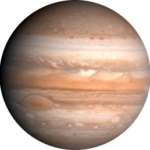
Jupiter in a telescope

Mars in a telescope
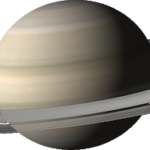
Saturn in a telescope

Venus in a telescope
Icon source: Icon8

